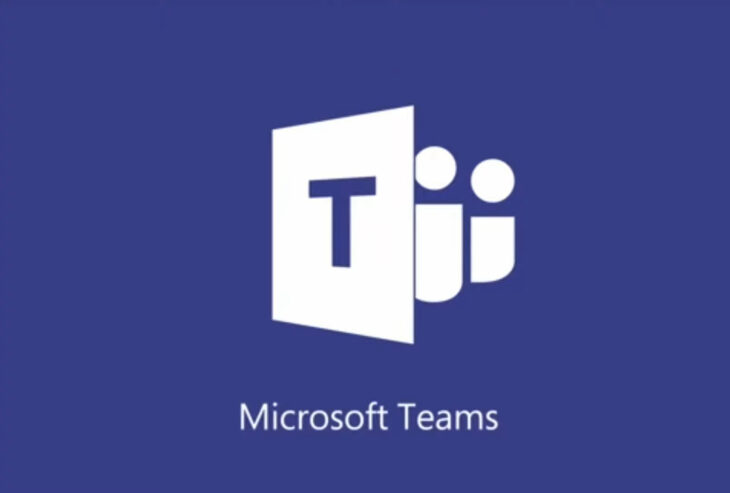In a world where the pace of business is constantly increasing and remote work is no longer a novelty but a norm, effective communication and collaboration tools have transcended from being mere conveniences to absolute necessities. The ability to connect seamlessly, share ideas instantaneously, and collaborate effortlessly, regardless of geographical boundaries, has become a cornerstone of modern business practices.
This brings us to a crucial question: Skype or Microsoft Teams, which one reigns supreme in the arena of digital collaboration? In this blog post, we’ll explore their features so that you can have all the necessary information at your disposal.
Table of Contents
TogglePros and Cons
| Skype | Microsoft Teams | |
|---|---|---|
| Pros | – User-friendly interface | – Extensive integration with Office 365 and third-party apps |
| – Reliable video and audio calls | – Comprehensive collaboration features | |
| – Good for small teams and personal use | – High scalability for large organizations | |
| Cons | – Limited integration with other tools | – Steeper learning curve |
| – Not ideal for large businesses | – Requires Office 365 subscription for full functionality |
Background on Skype

Skype, a pioneer in the realm of online communication, has been a household name since its inception in 2003. Initially fashioned as a tool for personal communication, its crisp audio and video calling features quickly made it a favorite in the business world too.
Over the years, Skype has evolved, adding features like instant messaging, file sharing, and screen sharing, adapting to the growing demands of its diverse user base.
Key Features
Skype’s strength lies in its simplicity and reliability. Key features include:
- Video Calls: High-definition one-on-one and group video calls.
- Instant Messaging: Quick and easy text communication.
- Screen Sharing: Share your screen for presentations or troubleshooting.
- File Sharing: Send files directly through the chat window.
Background on Microsoft Teams

Enter Microsoft Teams, a relatively newer contender, launched in 2017 as part of the Office 365 suite. Teams were designed with a clear focus on collaboration, integrating chat, meetings, notes, and attachments. It didn’t just aim to facilitate communication; it sought to redefine it by integrating seamlessly with the entire suite of Microsoft Office tools, thereby creating a comprehensive platform for collaborative work.
Key Features
Teams take things a step further by offering:
- Chat: Persistent chat rooms with options for private and group conversations.
- File Sharing: Deep integration with OneDrive and SharePoint.
- Integration with Office 365: Seamless collaboration with tools like Word, Excel, and PowerPoint.
- Customizable Workspaces: Tailor your workspace with tabs, connectors, and bots.
Pricing and Availability
While Skype offers a free version, its business-centric features are part of Skype for Business, which is being phased out in favor of Teams. Teams, on the other hand, offers a free version with limited features and several paid plans as part of the Office 365 suite, catering to different business sizes and needs.
User Interface
Skype’s interface is user-friendly and intuitive, making it accessible even to those who are not tech-savvy. Microsoft Teams, while initially seeming more complex due to its comprehensive features, offers a streamlined experience once users acclimate to its layout.
Both platforms are designed with clarity and ease of use in mind, but Teams requires a slightly steeper learning curve.
Video Conferencing Capabilities

When it comes to video conferencing, both platforms offer high-quality video and audio. Skype is known for its reliability in one-on-one and small-group calls. Microsoft Teams, however, extends this capability to larger groups, with better control over meeting options and additional features like background blur and custom backgrounds.
Messaging and Chat
Skype’s instant messaging is straightforward, offering features like file sharing and contact lists. Microsoft Teams elevates this with more comprehensive chat functionalities, including threaded conversations, better search capabilities, and integration with other Office 365 tools for a more cohesive experience.
Integration with Other Tools
Skype integrates with some Microsoft products and a few third-party tools, but its capabilities are limited in this area. Microsoft Teams, however, excels with its deep integration with the entire Office 365 suite and a wide range of third-party applications, making it a more versatile tool for businesses.
Security and Compliance
Both platforms take security seriously, offering features like encryption and secure communication channels. Microsoft Teams, however, has a more robust set of security and compliance tools, designed to meet the needs of businesses with strict data protection and privacy requirements.
FAQs
Can Microsoft Teams be used effectively by small teams or startups, similar to Skype?
Yes, Microsoft Teams can be effectively used by small teams or startups. Despite its scalability for larger organizations, Teams offers features beneficial for smaller groups, such as persistent chat rooms, deep file integration with OneDrive, and customizable workspaces, making it a versatile choice for businesses of all sizes.
Is there a significant difference in the file-sharing capabilities between Skype and Microsoft Teams?
Yes, there is a significant difference. While Skype allows direct file sharing through the chat window, Microsoft Teams offers more advanced file-sharing capabilities with deeper integration with OneDrive and SharePoint, facilitating better file management and collaboration within a team.
Can I use Microsoft Teams for casual personal communication like Skype?
While Microsoft Teams is primarily designed for business and collaborative work, it can still be used for casual personal communication. However, its interface and feature set are more business-oriented, so it might not be as straightforward for casual use as Skype.
Does Microsoft Teams offer any unique chat functionalities not found in Skype?
Yes, Microsoft Teams offers unique chat functionalities not found in Skype, such as threaded conversations, enhanced search capabilities, and closer integration with Office 365 tools, providing a more comprehensive and cohesive chat experience.
For a user primarily interested in security, is there a preferred choice between Skype and Microsoft Teams?
For users with a primary security interest, Microsoft Teams is the preferred choice. Teams offers a more robust set of security and compliance tools, designed to meet stringent data protection and privacy requirements, making it a more secure platform for business communication.
The Bottom Line
If you’re looking for a simple, no-frills communication tool, Skype might be the way to go. However, for businesses seeking a comprehensive, integrated collaboration solution, Microsoft Teams stands out as the clear winner.
Both platforms have their merits, but Microsoft Teams is better poised to cater to the multifaceted needs of modern businesses.


